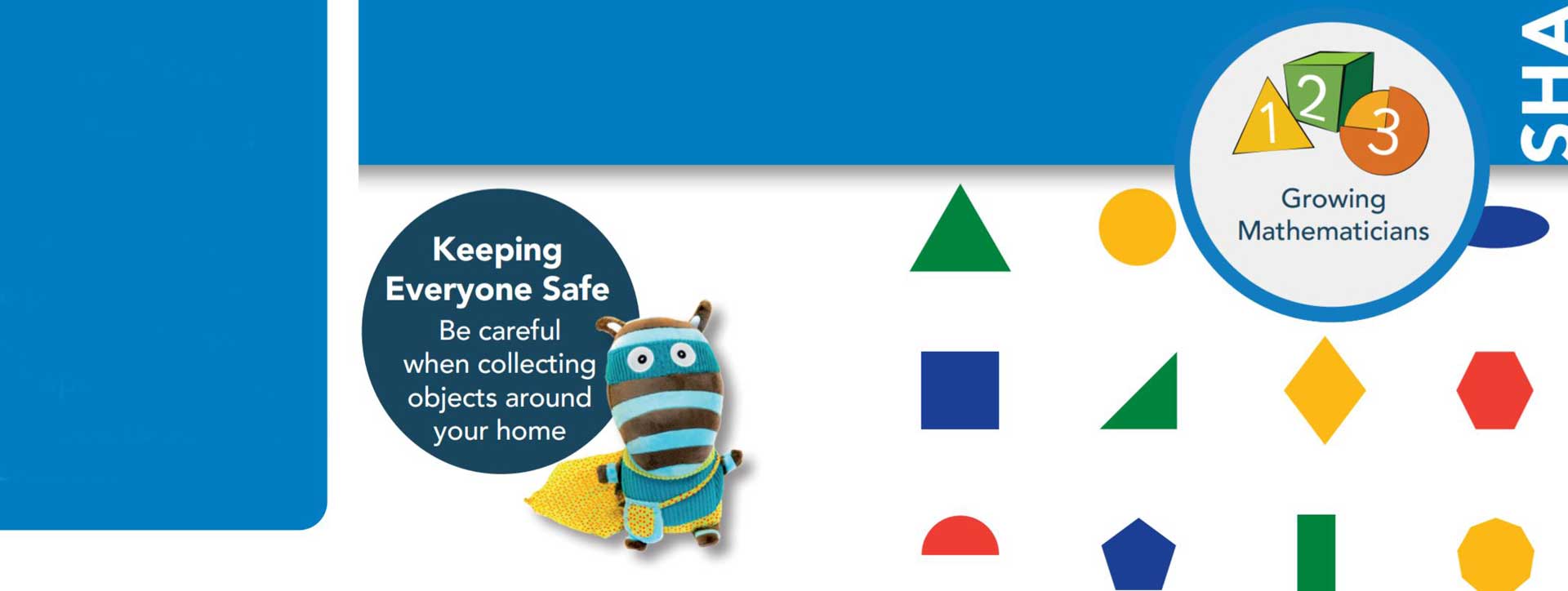Shape Hunt

Take a walk around the house to see how many different shapes you can find together.
Doing the activity:
Once you have collected your items from around the house why not sort your shapes and then discuss further?
• Sort your shapes into 2D shapes: Circle, square, rectangle and triangle
• Sort your shapes into 3D shapes: Spheres, cubes, cuboids and pyramids
• Talk about the properties of the shapes: Sides, corners, angles, edges, faces
Topics to talk about:
"This cube has 6 square faces"
"This triangle has 3 sides and 3 angles"
• Explore further by creating cylinder shapes by rolling up a piece of paper.
• Unravel a cardboard cylinder tube to see how the cylinder shape was made.
• Open a small cardboard box to see how the cube shape was created.
How this develops early mathematical learning:
Van Heile (1986) proposed levels of geometric thinking:
Level 0: Children learn to recognise geometric shapes by viewing them as a whole. Level 1: Children learn individual characteristics of shapes such as “a triangle has three sides.”
Level 2: Children learn more complicated relationships between the characteristics of a shape – for instance, they may come to understand that a square is a rectangle because it has all the same properties of a rectangle.
Most preschoolers are operating at level 0. Children in the primary school stage are typically at level 1.
Providing children with opportunities to explore and experiment with shapes and their properties allows them to move through the stages. Van Hiele, P. M. (1986). Structure and Insight: A theory of mathematics education. Orlando, FL: Academic.






